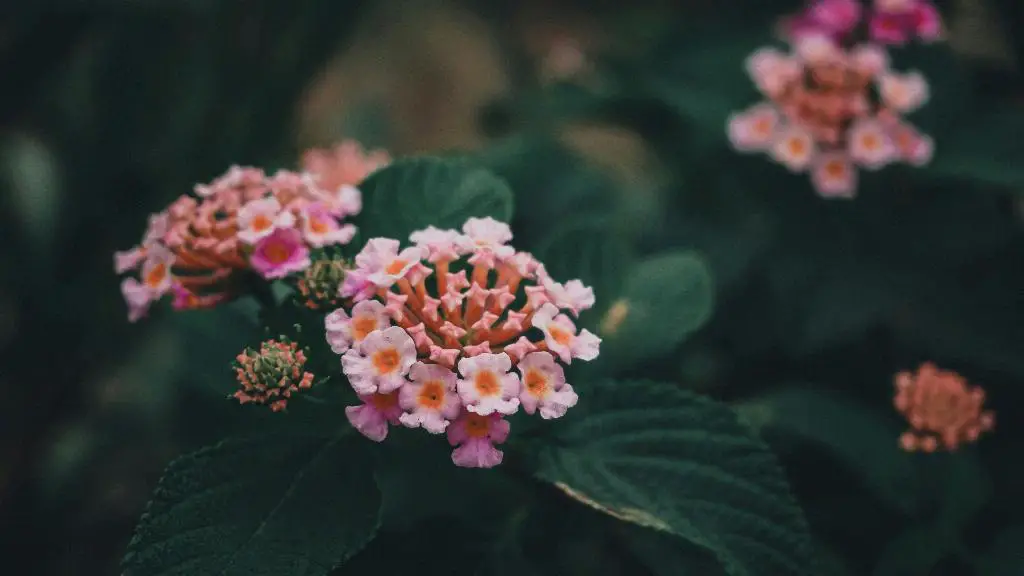When it comes to the question of whether Lantana plants are poisonous, the answer is a resounding yes. Lantana, scientifically known as Lantana camara, has gained notoriety as a weed of national significance in Australia due to its toxicity. This plant poses a significant threat to livestock, with all varieties of Lantana being considered poisonous to stock.
The toxicity of Lantana plants is especially pronounced in red-flowered varieties. However, it is important to note that even white and pink-flowered varieties can also exhibit high levels of toxicity. This underscores the need for caution and vigilance when dealing with Lantana plants in livestock grazing areas.
From the perspective of the Queensland Department of Agriculture and Fisheries, Lantana poisoning is a serious concern that requires active management and awareness. Livestock owners and caretakers must be informed about the risks associated with Lantana ingestion and take proactive measures to prevent poisoning incidents.
When considering the potential impact of Lantana toxicity on livestock, it is crucial to acknowledge the significant detrimental effects that ingestion can have on animals. Lantana poisoning can lead to a range of symptoms, including but not limited to gastrointestinal distress, neurological issues, and in severe cases, even mortality.
Due to the varying levels of toxicity present in different varieties of Lantana, it is essential for livestock owners to exercise caution and implement effective management strategies to minimize the risk of poisoning. This may involve restricting access to areas where Lantana plants grow or actively removing them from grazing lands.
Recognizing the potential dangers posed by Lantana plants, it is advisable for livestock owners to educate themselves about the characteristics of these plants and how to identify them. By being able to distinguish Lantana from other vegetation, individuals can take proactive steps to prevent accidental ingestion by livestock.
In light of the seriousness of Lantana poisoning, it is recommended that livestock owners consult with agricultural experts and veterinarians for guidance on managing the risks associated with Lantana exposure. By working closely with professionals, individuals can develop effective strategies for protecting their livestock from the harmful effects of Lantana toxicity.
Despite the dangers that Lantana plants pose to livestock, it is important to note that there are ways to mitigate the risks and prevent poisoning incidents. Through diligent monitoring of grazing areas, timely removal of Lantana plants, and appropriate livestock management practices, the impact of Lantana toxicity can be minimized.
Given the widespread presence of Lantana in certain regions, it is imperative for livestock owners to remain vigilant and proactive in their efforts to safeguard the health and well-being of their animals. By staying informed about the risks associated with Lantana toxicity, individuals can take the necessary steps to protect their livestock from harm.
In conclusion, the answer to the question “Is Lantana Plant Poisonous?” is an unequivocal yes. Livestock owners must be aware of the toxic nature of Lantana plants and take proactive measures to prevent poisoning incidents. By staying informed, implementing effective management strategies, and seeking professional guidance, individuals can safeguard their livestock from the harmful effects of Lantana toxicity.

